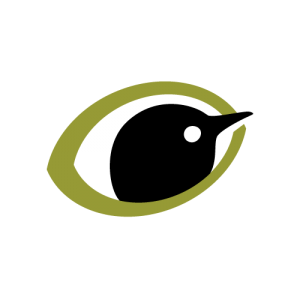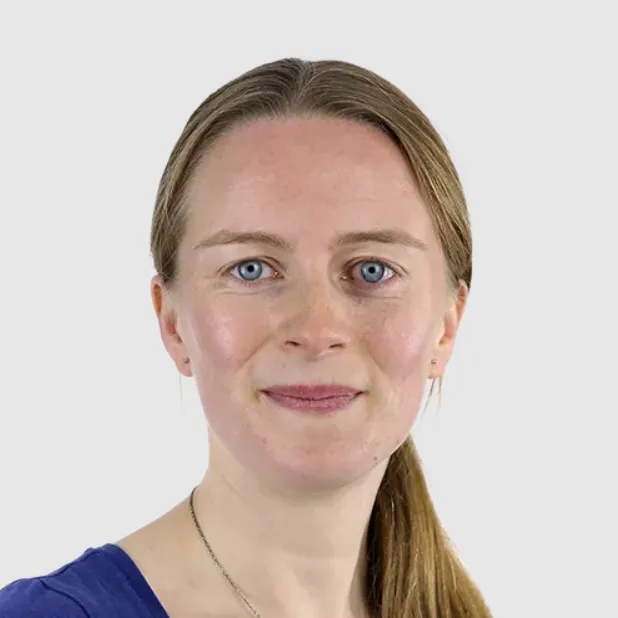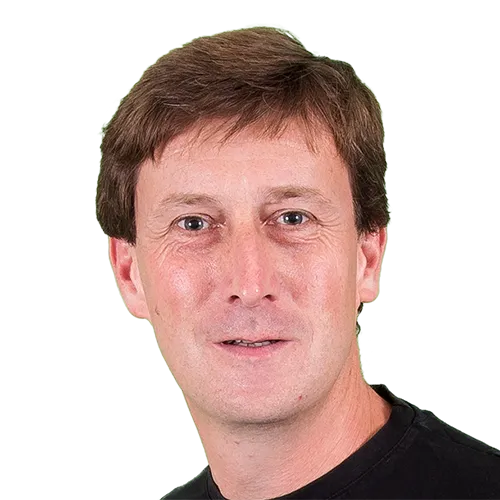Citation
Overview
Offshore wind farm developments form a major part of the UK government’s commitment to obtain 15% of the UK’s energy needs from renewable sources by 2020. However, there is concern over the potential detrimental effects that offshore developments may have on bird populations.
In more detail
This work was funded by Ørsted and our particular thanks go to Allen Risby, Gareth Johnson, Suzanne Flockhart, Justin Graham, Rachel Hall, Sally Holroyd, Jeremy Martin, Alan Price and Gavin Scarff from Ørsted and Madeline Hodge and Robin Ward from NIRAS Consulting Ltd for their support of the work and management of the contract. We also thank the Department for Business, Energy and Industrial Strategy (BEIS) and John Hartley (Hartley Anderson Ltd) for permission to include results from tagging of gulls undertaken under their Offshore Energy Strategic Environmental Assessment research programme in this report. Our thanks to Natural England for permission to work at the Morecambe Bay and Duddon Estuary SPA and to Sarah Dalrymple and Peter Jones (Cumbria Wildlife Trust) at South Walney for assistance with setting up the tracking systems and monitoring birds and their nests. Our thanks too to Andy Bates (BAE Systems Marine Ltd) and Nick Buxton (Furness General Hospital) and colleagues for their help in providing access to their respective sites in Barrow-in-Furness. We also thank Virginia Cates, Emily Coleman and Penny Mitchell (BTO) for their contract management support, Maria Knight for help with the report, and Rachel Taylor, Kathryn Ross, Greg Conway and Kelvin Jones (BTO) and Liam Langley (University of Exeter) for further field assistance.
Abstract
Offshore wind farm developments form a major part of the UK government’s commitment to obtain 15% of the UK’s energy needs from renewable sources by 2020. However, there is concern over the potential detrimental effects that offshore developments may have on bird populations. Many seabird species included as features of Special Protection Areas (SPAs) might potentially be affected by these developments, as their breeding season foraging ranges and migratory routes may overlap with wind farm sites. Any impacts may also vary between years as well as between construction and operational phases of wind farm developments. This study investigated the movements of Lesser Black-backed Gulls (Larus fuscus) using bird-borne telemetry devices over four breeding seasons (2016–2019) and three non-breeding seasons in relation to the development of the Walney Extension and Burbo Bank Extension offshore wind farms in northwest England.




